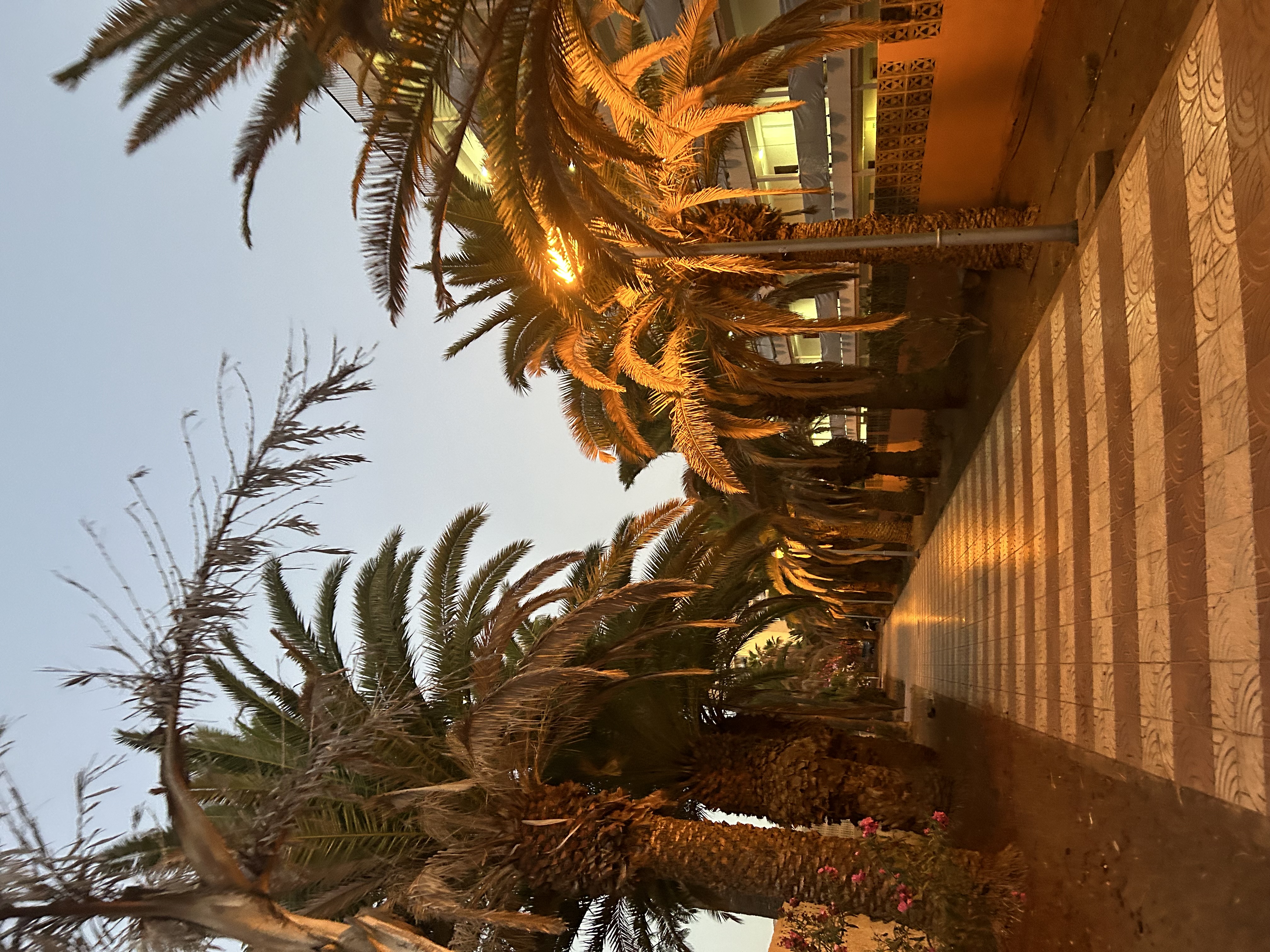Topic B1- Cells
Cards (13)
- What did Robert Hooke observe when he looked at a slice of cork under a microscope?
- What are the two main types of organisms based on cell structure?
- What are the two types of cells mentioned in the study material?
- What is a characteristic of Eukaryotic cells?
- What is a characteristic of Prokaryotic cells?
- What are the subcellular structures found in most animal cells?
- What additional structures do plant cells have compared to animal cells?
- What is the function of the cell wall in plant cells?
- What is the role of chloroplasts in plant cells?
- What do bacterial cells lack compared to eukaryotic cells?
- What is unique about the DNA in bacterial cells?
- What are plasmids in bacterial cells?
- Compare the structures of prokaryotic and eukaryotic cells.
